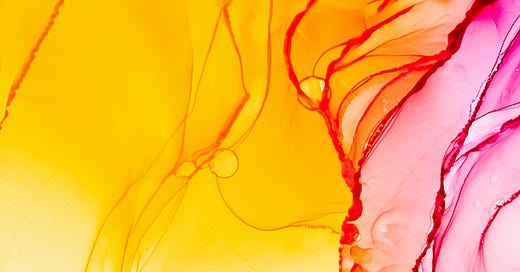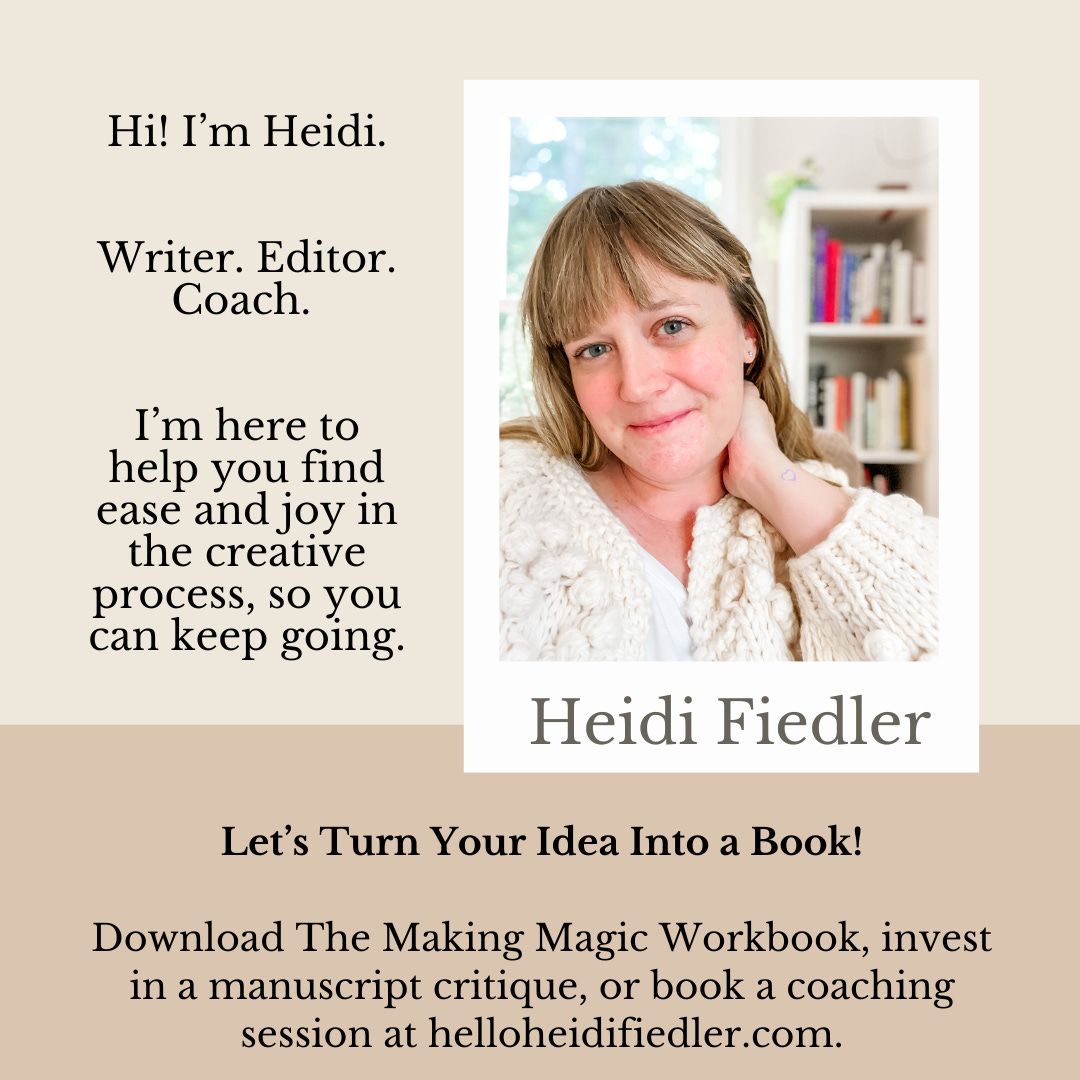What Does It Mean to Be Neurodiversity Affirming?
Neurodiverse affirming picture books celebrate our differences and emphasize autonomy rather than compliance or conformity. They take the perspective that autism is a neurotype, or a brain difference, the same way someone might have a limb difference. Neurodiversity is something to be supported, not fixed. Our world makes life more difficult for neurodivergent people, so it’s important to acknowledge that neurodiversity can be disabling, but the books in this collection tend to present neurodiversity as a strength, rather than a deficit.
Today more people are included under the neurodivergent umbrella than ever. Along with autism and ADHD, dyslexia, down syndrome, OCD, and brain injuries may all be considered forms of neurodivergence, and some experts have hypothesized that giftedness is also a sign of neurodivergence. We’re learning many people identify with more than one of these labels, and at the same time, there are plenty of people who might not feel represented by any of these labels, but they struggle with sensory processing or feel different in some way that we don’t have a name for yet. The beauty of picture books is that they can make big, abstract, messy concepts more relatable. What I’m really trying to say is…
All Are Welcome Here!
The books on this list will help you talk with your child about autism, ADHD, sensory differences, learning disabilities, burnout, meltdowns, and communication differences. I would love for neurotypical families to read these books too, because we all need to be talking more about disability and neurodiversity.
Choosing the Right Books for Your Family
If you’re here, you might already know that it really doesn’t matter what books you like. It’s more important what books resonate with your kids. So what I’m sharing today is what resonates with me and my son in this season of life. There are lots of other books out there that might resonate with you and your kids. Everyone’s experience with neurodiversity is different, and everyone needs access to a wide variety of books. This list is just a starting place!
Our son is AuADHD, and we have been reading a wide range of social-emotional books as his needs and interests shift. If you’re looking for ways to talk with your kids about their neurodivergence, I encourage you to go into it expecting some trial and error. Your children might feel seen by a book you never expected, and learning which metaphors and words they connect with can help you better understand their experiences. Prepare to read a book you feel meh about a hundred times, and know this is a conversation you’ll have for the rest of your lives, so it’s ok to take it slow and circle around ideas until you and your children feel ready to talk about them more directly. It’s important to give our kids the words to describe what they already know (they’re different), but it’s also nice to give them space to make their own meaning. Maybe they’ll even write their own books one day!
Next Level by Samara Cole Doyon
This is an exuberant look at what it means to be autistic by walking the reading through a typical day for a mom and her non-verbal son. They go to church, ride the bus, and play in the sprinklers. There’s stimming and appreciation for nature. There are also meltdowns and judgmental looks from strangers. At the heart of the story is the intimate relationship between the mom and her son. The language is poetic, but the themes will resonate with kids of all ages.
My Brain Is Magic by Prasha Sooful
This picture book is meant for younger readers, and it celebrates sensory seeking, without using any kind of labels in the text. The text compares the main character’s brain to a bee buzzing around, a sloth moving slowly, and a fish splashing in the water. The illustrations show a girl reveling in the sensory experiences of daily life. There’s a short pause for a mess and meditating like an owl, but most of the book is spent unapologetically highlighting the joys of being a sensory seeker.
Flap Your Hands by Steve Asbell
Any repetitive movement that’s soothing can be considered stimming. Twirling your hair. Cracking your knuckles. Rubbing your feet together. Making funny sounds with your mouth. These are all stims. Everyone stims, but neurodivergent people tend to do it more often and more intensely. Stimming helps us all feel calm and process big emotions. This book is written like a how-to guide from one autistic person to another and encourages kids to stim in big and small ways throughout their days. With an abundance of textured lines, the illustrations are stimmy too!
Robot Meltdown by David Griswold
The APA has a developed an impressive children’s publishing imprint, and I find a lot of their titles are more engaging than you might expect from a professional institution. Robot Meltdown helps kids understand why meltdowns happen and how to reset when they do. There are lots of robot puns and silly pictures to help the medicine go down, and the emphasis is less on preventing meltdowns and more on accepting that sometimes we all have big feelings.
More than Words by Roz Maclean
This book follows an observant boy who finds a way to connect with the kids in his class by making little boats out of acorns and leaves. It’s an ingenious idea, and the visuals make the themes even clearer. Along the way, we get to see kids using all different ways to communicate, including spelling, typing in Braille, using an AAC device, signing, singing and more.
A Friend for Henry by Jenn Bailey
This is one of the older titles on the list, but it’s a quiet gem. Henry is an autistic boy who’s struggling to find a friend. Henry doesn’t like some kids in his class, and some kids don’t like him. The ending is a sweet beginning, as we see him connect with a friendly girl in his class. It’s a lovely reminder that there’s someone out there for everyone, and you don’t have to change who you are to be someone’s friend. If you love Henry, he has his own chapter-book series now too!
This Is My Brain! by Elise Gravel
This is the most “scientific” book on the list. If you’re looking for a simple overview, this primer on neurodiversity would be great to read with siblings or classmates. It’s colorful, conversational, and positive. There’s humor and a simple look at how the brain influences our behavior.
My Whirling, Twirling Motor by Merriam Sarcia Saunders
Experts estimate that by age 10, ADHD kids (and I’m guessing all neurodivergent kids) hear something like 20,000 more negative messages than their neurotypical peers. I’m discouraged just hearing that number. Imagine what it’s like to constantly be told you’re doing things wrong. My Whirling Twirling Motor captures the zooming and crashing that’s part of ADHD, but instead of ending the book with a scolding or a promise to do better, the boy gets tucked in by his mom, who reads a list of all the wonderful things her son did that day. It’s a lovely invitation to celebrate what’s working and make sure our kids know we see how hard they’re trying, despite the chaos.
A Day with No Words by Tiffany Hammond
We’re still learning what it means to be nonverbal, and every one is different, but there’s a lot of evidence to suggest that many of these kids are incredibly intelligent. If you follow Fidgets.and.Fries on Instagram, you know she’s very close with her kids. In this book, she gives voice to her nonverbal son, doing her best to reflect his thoughts and feelings as he navigates daily life. It’s a unique book, and many autistic people have found it affirming.
Bitsy Bat, School Star by Kaz Windness
With a story about a bat who doesn’t do things the way other kids do them, this is a more traditional picture book than most on the list. When Bitsy feels like everything she does is wrong, she melts down. Her family encourages her to be herself, and by the end of the book she’s back in the classroom and feeling like a star. The back matter encourages discussion and includes facts about autism.
That Always Happens Sometimes by Kiley Frank
This book isn’t about a boy with ADHD, but it’s not NOT about a boy with ADHD. Max has a million big ideas, lots of energy, and some silly questions bouncing around in his head. But the same things that make it hard for him to sit still in school make him a creative leader, and the story celebrates that. This picture book will make you laugh and help you see strengths in your wild child.
The Body Detective by Janet Krauthamer
Neurodivergent people often struggle with interoception, the internal awareness that helps us know if we’re hungry, tired, or upset. Interoception varies widely from person to person, but it’s possible to build that internal awareness, first through simple exercises like talking about if your hands are wet or dry when you’re washing hands, and then working up to “deeper” feelings like talking about bubbles in your tummy or needing to take a break. This board book uses a predictable format to help kids identify sensations, tune into their body signals, and act on them. The pull tabs and colorful illustrations make the book feel like a game, and the language is simple and approachable. This book has been in our nightly rotation for a while, and it has given us a great way to talk about feelings.
My Senses Are Like Cups by Clare Ward
This isn’t really a picture book, but it’s a quick read and has illustrations. My Senses Are Like Cups builds on the idea that we all have different capacities for stimulation, and it introduces a complex, abstract idea in a kid friendly way. It’s a good way for parents to wrap their heads around the idea of being a “sensory avoider” or a “sensory seeker” and it presents all the information in a non-judgmental way.
Want to add these books to your home library?
I set up a Bookshop collection to make it easy to find these titles and add them to your cart. If you use this link, I’ll earn a tiny commission, but I want you to buy or borrow these books however you can!
If you’re looking for more recommendations, A Novel Mind has a comprehensive list of more than a thousand children’s books that reference neurodiversity or mental health. Also check out
’s post where she describes some of the MG and YA titles she’s been reading lately as she learns about neurodiversity. She’s an autistic mom, and I’ve appreciated hearing how she responds to these books. There’s also a guide to autism and ADHD books here and a list of books about autism by autistic authors here.Please share this list with a friend and comment below with your favorite resources!
Nebula Notebook is a place to meet kindred spirits, get inspired, and learn how to find ease and joy in the creative process—even when life is bananas. 🍌🍌🍌
✏️ PS—The fastest way to grow as a writer is to book a manuscript critique or a creative coaching session with an expert. My clients get agents, sell books, and win awards. They also learn how to enjoy the creative process, so they can keep going when life gets hard. 👏







Super super list.
Amazing Heidi! Your recommendations are fantastic - I absolutely love your picks! If you could share your Amazon affiliate link, I'd love to support you while shopping for these items! ❤️